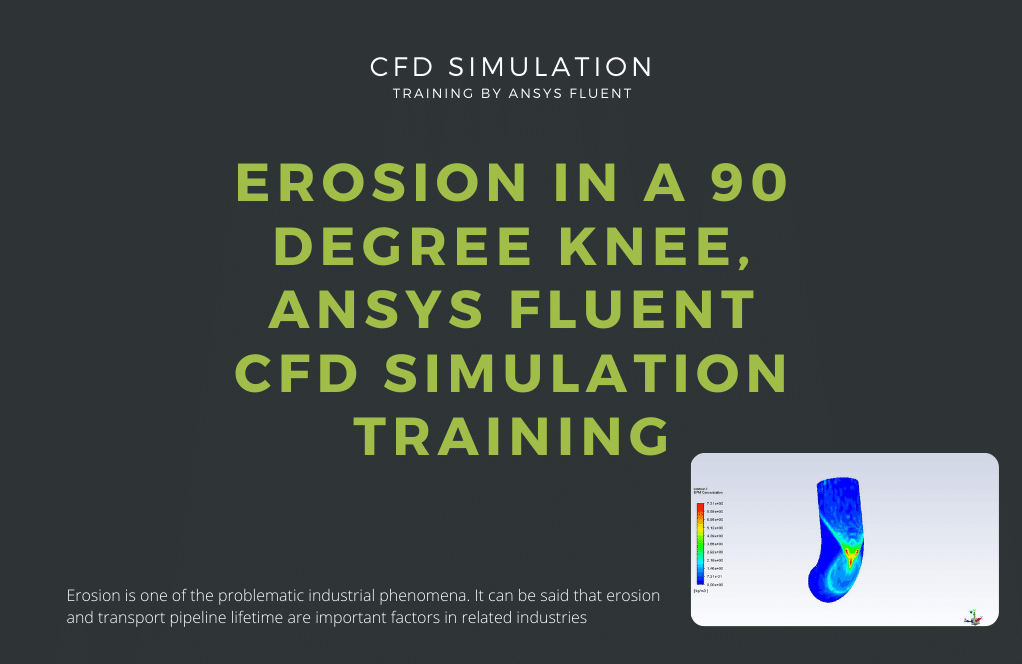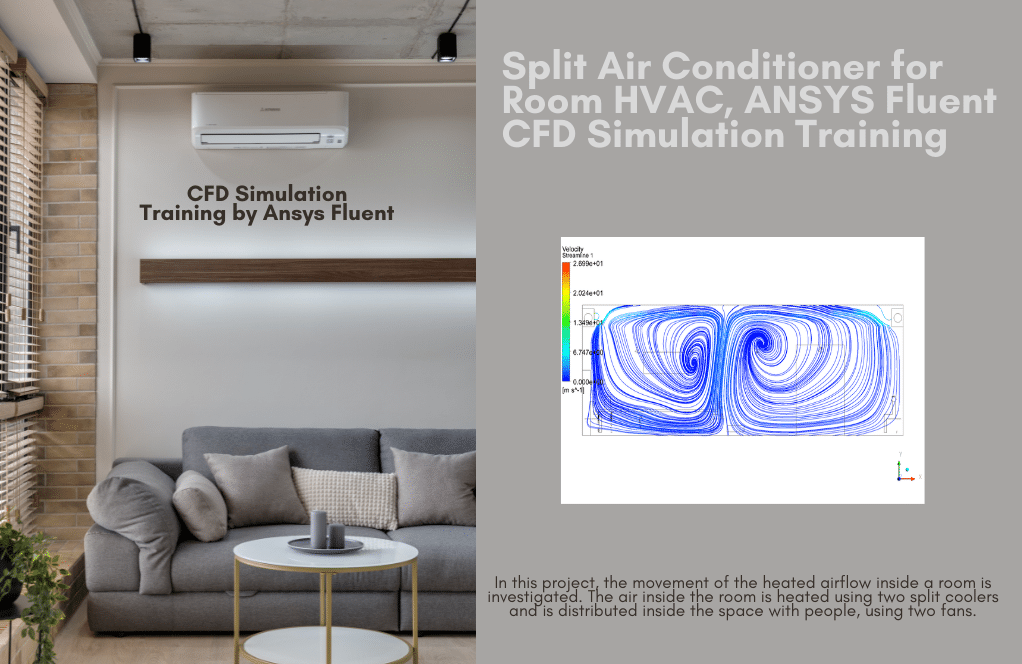Erosion in a 90 degree Knee, ANSYS Fluent CFD Simulation Training
$100.00 $50.00 Student Discount
- The problem numerically simulates the Erosion in a 90-degree Knee using ANSYS Fluent software.
- We design the 3-D model by the Design Modeler software.
- We Mesh the model by ANSYS Meshing software, and the element number equals 4319695.
- We use the Discrete Phase Model (DPM) to simulate the injection of solid particles in the pipeline.
- The Erosion mode is selected to consider the impact of particles on the body of the pipelines.
To Order Your Project or benefit from a CFD consultation, contact our experts via email (info@mr-cfd.com), online support tab, or WhatsApp at +44 7443 197273.
There are some Free Products to check our service quality.
If you want the training video in another language instead of English, ask it via info@mr-cfd.com after you buy the product.
Description
Description
The present problem simulates the Erosion in a 90-degree Knee by ANSYS Fluent software. We perform this CFD project and investigate it by CFD analysis.
Fluid impurity is not a problem in a straight-ahead pipe. But when the fluid redirects, these impurities cannot redirect with the fluid. This causes local independence of solid particles from the fluid in pipelines, resulting in the impact of heterogeneous particles on the body of the fluid pipelines and erosion, consequently.
Unfortunately, in almost all industrial applications, the fluid is not pure, so the phenomenon of erosion causes problems in pipeline transport. Also, an issue that reinforces this event is the amount of flow turbulence. The more turbulent the flow, the greater the particle’s momentum flows.
The impacts on the transmission pipeline are more significant when the flow changes direction, resulting in more erosion. In addition to the turbulence of the flow, other factors such as particle size, particle flow rate redirection, the number of particle impacts to the surface, and the flow rate also influence the amount and profile of the erosion.
The other endpoint is that the place of erosion is usually where the flow redirects. This is precisely why fasteners and joints generally examine the erosion profile at the knees.
Erosion Methodology
The beginning of each simulation starts with designing the computational domain. Although the geometry is a knee joint, it must be divided into different sections to produce a structured mesh. Each segment has individually meshed so that the boundary layer settings are well implemented.
The 3-D geometry is designed by ANSYS Design Modeler software. The mesh is done by ANSYS Meshing software. The computational domain is divided into 4 parts, and a structured mesh is used for each segment. The benefits of a structured mesh include increased CFD simulation speed and accuracy.
This is especially important for issues such as checking the erosion profile because, in addition to the boundary layer, path lines and particle tracking should be well observed when moving along the knee section. The element number is 4,319,695.
Since the mesh was sufficiently fine-grained, the Enhanced-Wall-Treatment method was applied instead of Wall-Function for boundary layer estimation. One of the benefits of this method is the high accuracy of the results in boundaries. The Discrete Phase Model (DPM) is applied to simulate the solid particles that existed in the pipeline.
Erosion Conclusion
An important point to consider is that the length of the pipe must be long enough to develop the flow before reaching the knee joint. Otherwise, the particle density in the flow may produce unrealistic results. Velocity magnitudes of fluid and particles can easily be analyzed based on the related contours.
Also, the particle concentration and the most important result of this study, erosion contour, are presented for a comprehensive analysis of the erosion in pipeline bends.







Trystan Brekke –
How does the simulation handle the changes in fluid velocity?
MR CFD Support –
The simulation uses a robust model to accurately predict how changes in fluid velocity can affect the erosion rate.
Allie Kirlin V –
Can the simulation predict the impact of erosion on the pipe’s structural integrity?
MR CFD Support –
While the simulation primarily focuses on erosion, it can provide useful insights into the potential impacts on the pipe’s structural integrity.
Oren Mertz –
Does the simulation consider the effect of temperature on the rate of erosion?
MR CFD Support –
Yes, the simulation can account for the effect of temperature on the erosion rate, as it can significantly influence the properties of the fluid and the pipe material.